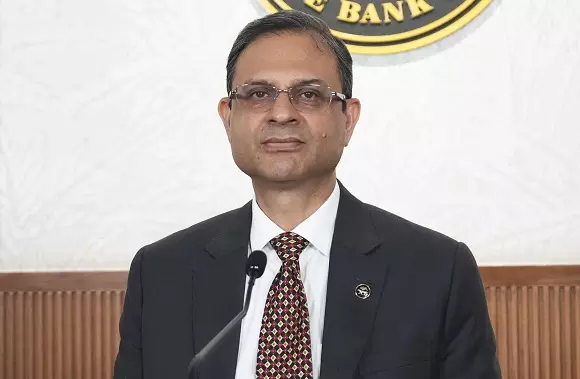
RBI keeps repo rate unchanged at 5.5% for second consecutive time
The decision to leave interest rates unchanged was taken unanimously by the Monetary Policy Committee, which also decided to continue with the "neutral" stance

The Monetary Policy Committee (MPC) of the Reserve Bank of India on Wednesday (October 1) decided to keep the benchmark repo rate unchanged at 5.5%. This marks the second consecutive pause after the RBI had earlier delivered three back-to-back rate cuts, amounting to a total reduction of 100 basis points across its February, April, and June policy reviews.
The decision to hold interest rates steady was taken unanimously by the MPC, which also reaffirmed its commitment to maintaining a “neutral” policy stance, thereby keeping the window open for future actions depending on the evolving inflation and growth outlook.
Alongside the repo rate, the Standard Deposit Facility (SDF) rate and the Marginal Standing Facility (MSF) rate have also been left unchanged at 5.75% and 5.25% respectively, in response to the policy decision.
Also read | RBI’s inflation targeting: Why flexibility should not undermine focus
Higher GDP, lower inflation
Meanwhile, the RBI revised upward its growth estimates for the current fiscal year to 6.8 per cent and lowered its inflation projection to 2.6 per cent based on an above-normal monsoon and the rationalisation of GST rates.
In August, the Reserve Bank of India (RBI) projected a 6.5 per cent GDP growth rate for 2025-26, along with an inflation forecast of 3.1 per cent.
Announcing the bi-monthly monetary policy, Reserve Bank Governor Sanjay Malhotra said significant developments on the domestic front, amid a rapidly changing global economic landscape, have altered the narrative on growth-inflation dynamics in India.
"Buoyed by good monsoon, the Indian economy continues to exhibit strength by registering a higher growth in Q1 2025-26. At the same time, there has been a considerable moderation in headline inflation," he said.
On rationalisation of the Goods and Services Tax (GST) rates, he said it is likely to have a sobering impact on inflation, while stimulating consumption and growth.
Inflation trends stay benign
However, US tariffs, on the other hand, will moderate exports, the Governor added.
"Taking all these factors into account, real GDP growth for 2025-26 is now projected at 6.8 per cent, with Q2 at 7.0 per cent, Q3 at 6.4 per cent, and Q4 at 6.2 per cent," he said, adding GDP growth for the first quarter of 2026-27 is estimated at 6.4 per cent.
Also read | RBI’s rate pause isn’t a pivot yet, says Quantace’s Karthick Jonagadla
Malhotra further said inflation conditions remained benign during 2025-26 so far, with actual outcomes turning out to be significantly lower than projected.
Low inflation, he said, is primarily attributed to a sharp fall in food inflation, aided by improved supply prospects and government measures to manage the supply chain effectively.
Core inflation remained largely contained with the August reading at 4.2 per cent, despite continued price pressures on precious metals.
"CPI inflation for 2025-26 is now projected at 2.6 per cent with Q2 at 1.8 per cent; Q3 at 1.8 per cent; and Q4 at 4.0 per cent," Malhotra added. The Consumer Price Index (CPI) based inflation for the first quarter of 2026-27 is projected at 4.5 per cent.
(With agency inputs)

